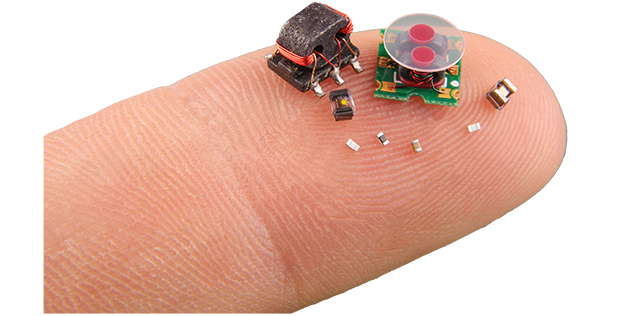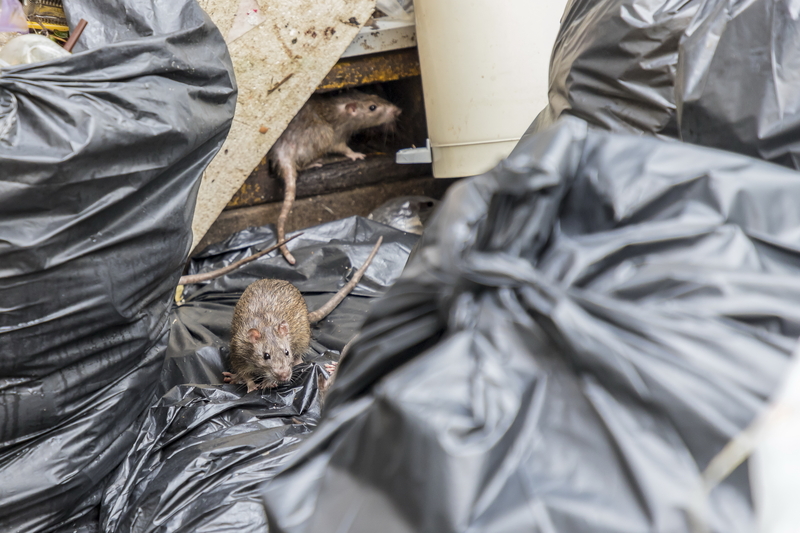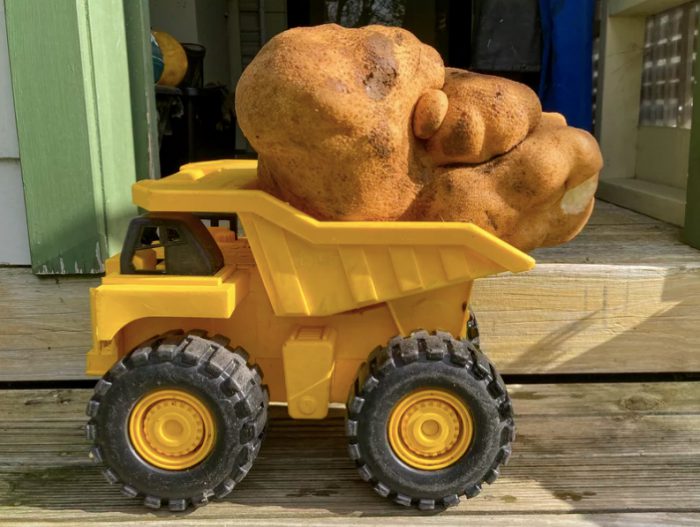According to their website, the Defense Advanced Research Projects Agency (DARPA) has spent the last 60 years making sure that the United States never got Sputniked again. Say what?
Back in 1957, the Soviet Union got an early leg up in the space race by launching the world's first artificial satellite. Since then, DARPA has had a hand in all sorts of key technological innovations to keep America ahead of its competition. These range from improved military spy planes and submarines to helping develop the Hubble Space telescope and the computer mouse. Now, the agency has announced maybe its "smallest" program yet: SHRIMP.
Standing for SHort-Range Independent Microrobotic Platforms, it is basically an "Olympics-style" program to help invent the newest breakthrough in mini-bots.
Too small? Too dangerous? Send in the mini-bots!

SHRIMP isn't likely to lead to this kind of tech, but DARPA hopes to find the next best thing. (© Marvel Studios 2018)
In this case, we're talking about robots the size of insects. This tiny tech would be used to access areas that are either too small or too dangerous for humans to reach. Or both. By making it a competition, DARPA is hoping that it will bring out the best in inventors. After all, who doesn't want to win the gold?
These mini-bots will be judged on their different abilities, such as strength and agility. Some of these tiny tech wonders will be able to impress by the weight they can carry. Or how far they can jump. Or even how they fare in a tug-of-war! Others will be tested by a robot-biathlon or an obstacle course.
Small bots, big goals
In the end, the idea is to push both the inventors and their inventions to the limits—or a micro-sized version of them! According to the website, DARPA hopes that the results can be used for a ton of applications, "including search and rescue, disaster relief, hazardous environment inspection, in-flight control of aerodynamic platforms, steerable optics, and prosthetics."
Whew! Sounds cool. And intense. Just don't ask us how it will all turn out. We're pretty sure that will be top secret!
 "No sweat, General! These mini-bots will save the mission!" (Courtesy of DARPA)
"No sweat, General! These mini-bots will save the mission!" (Courtesy of DARPA)









